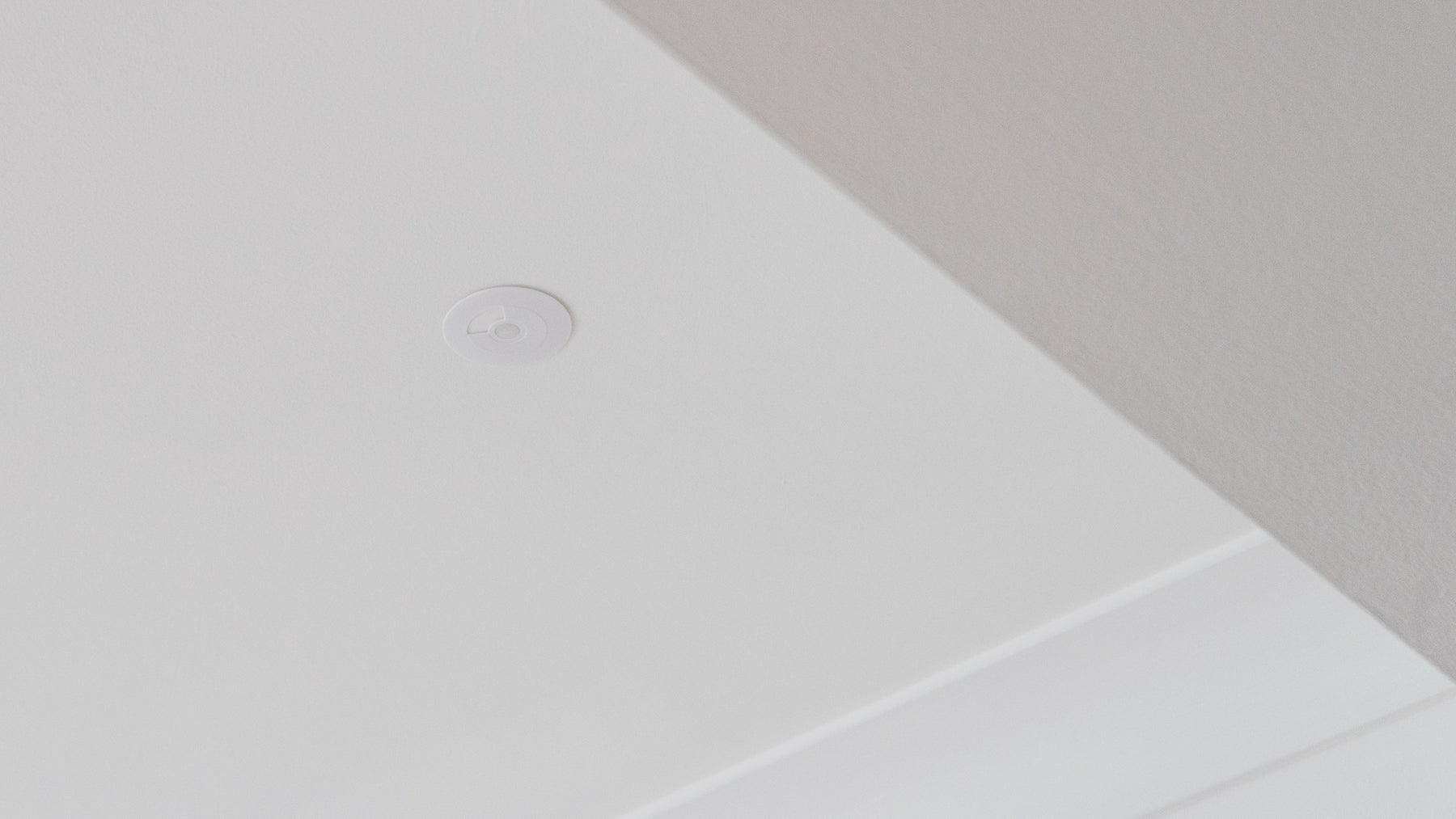
PIR know-how part two - Detector Performance
Detector Performance
In our last blog we covered how a motion sensor works, in this blog we are going to delve a little deeper into detection sensitivity and how to ensure your motion sensors reliably detects what they are intended to detect.
Beam me up…
A motion sensor lens has a number of detection areas which we will refer to as beams. There are many motion sensors on the market with various beam patterns/shapes which can be selected depending on the intended installation. As our Motion Sensor 360 range is designed to be installed in a ceiling, it has a 360 degree detection zone.
Below we can see a 3D representation of the beam pattern that our Motion Sensor 360 can detect. We can see the beams form a square based cone shape with beams radiating out from the central sensor location.

Each of the beams visible here is split into 4 sub beams. We can see towards the bottom edges of the detection cone the beams are larger and further apart. As the sensor is looking for 2 beams to be triggered within a short period you can see that the movement required at the outer edge of the detection zone would need to move further, and at a faster speed to trigger the sensor.
In the middle of the detection area, nearer the sensor you can see how dense the beams are, when the beams are this dense a very tiny amount of movement will trigger the sensor.
This becomes useful when we visualise this in relation to a person. Below we show a typical Motion Sensor 360 installed in a ceiling with a person below.

We can see 3 people under the sensor:
The green person is directly under the sensor, her head is high up and in the dense beam area so her movement would be detected extremely quickly and very sensitively.
The orange person is on the edge of the detection area and we can see only her feet are within the beam detection zone. If she was walking her feet would trigger the sensor but as we can see, if she was standing still but waving arms above her head, the sensor would not register any motion.
The red person is outside the detection zone so is not going to trigger the motion sensor at all.
Vertical considerations
The direction of movement in relation to the sensor is also something we should consider. When the sensor is installed horizontally in a ceiling (as shown above) this is less of a consideration as people walking on the ground are moving against the vertical beams.
However, as our sensor can be installed vertically there are some considerations to be made regarding the sensitivity of detection. You can learn more about this on our blog which covers this in a lot of detail.
Our sensors are extremely sensitive and will detect very reliably and very consistently, ideal for the custom install market they were designed for.
If you have any questions please do not hesitate to contact the Faradite team.

